
What’s Working in Health Ads in 2025? These 10 Campaigns Prove It
March 31, 2025

Written By Katja Orel
Lead Editor, UGC Marketing
A great healthcare ad does more than inform.
It grabs attention, creates an emotional connection, and inspires action.
The most successful healthcare marketing campaigns get people talking, share valuable insights, and make a real impact in the healthcare industry. And just like effective ecommerce ads, they’re built on clarity, trust, and relevance—only with higher stakes.
But what makes a great healthcare ad?
Let's have a closer look at the top 10 health ads that made a difference.
Key Takeaways
- The best healthcare ads focus on people, not products. They use empathy and storytelling to build trust and create real connections.
- Great campaigns inform and inspire. They make health information easy to understand and encourage action.
- Healthcare marketing is challenging. Your usual marketing efforts—even those that work in ecommerce ads—may not translate directly. It takes a more thoughtful, human approach.
UGC videos starting at $79

12900+ Vetted Creators in USA
10 Best Health Ads That Made a Difference
The best healthcare ads do more than promote—they build trust, educate, and inspire action.
These marketing campaigns stand out for 3 reasons:
- emotional storytelling
- clear messaging
- strong connection with the target audience
These ads don’t just promote a product or service. They leave a lasting impact on their target audience.
1. Dove – Courage is Beautiful
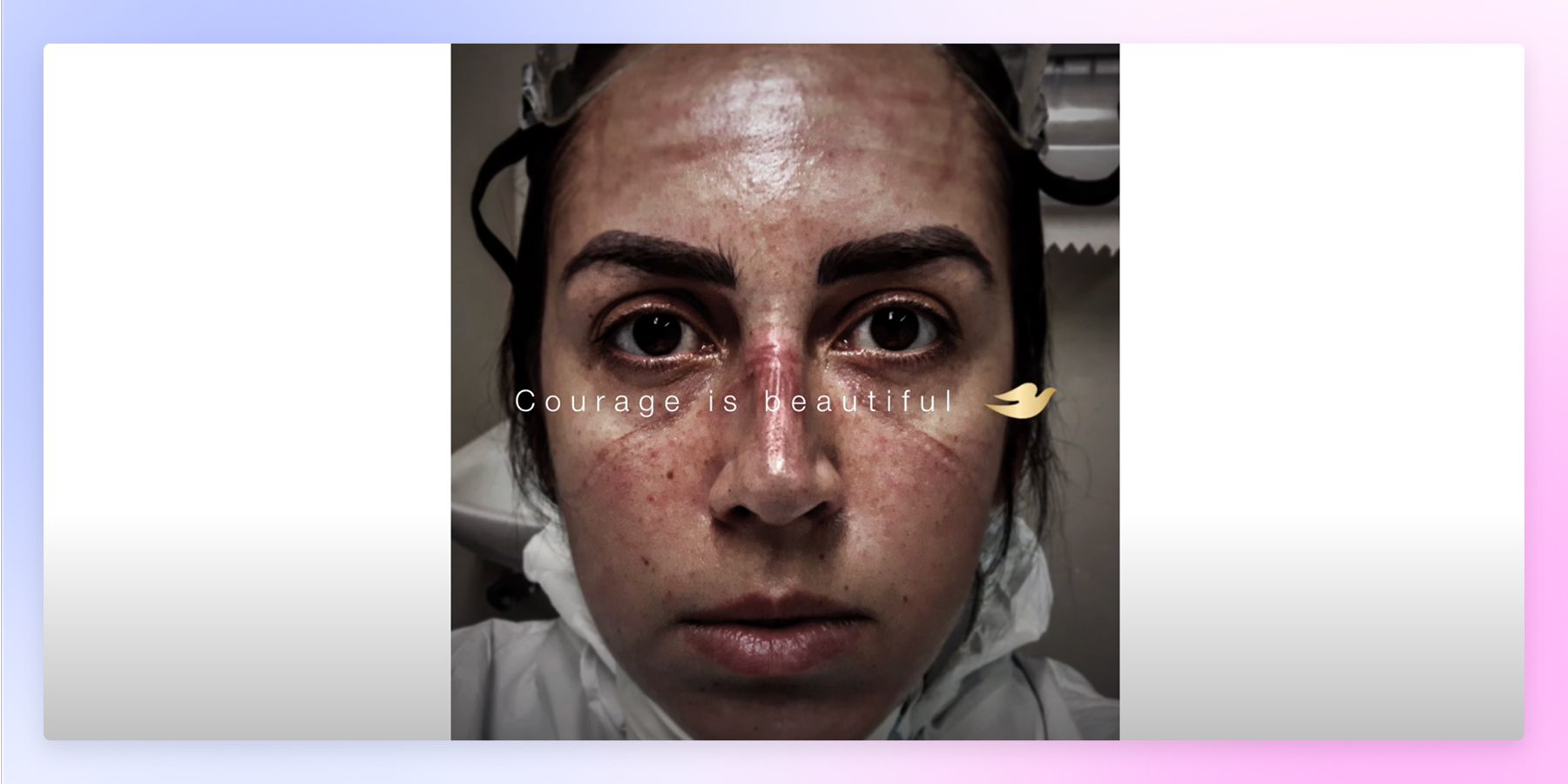
Dove has always celebrated real beauty, but this campaign took it to another level.
Launched during the COVID-19 pandemic, Courage is Beautiful featured real, unedited images of doctors and nurses.
Instead of using models, they featured exhausted faces full of mask marks.
The message was clear: beauty isn’t about looks—it’s about courage, dedication, and the impact we make.
Dove focused on authentic, raw images with a strong message.
That’s how they built a strong emotional connection and strengthened their core values: honesty, self-acceptance, and real representation.
2. Kaiser Permanente – Thrive Your Way

Kaiser Permanente redefined health with its "Thrive Your Way" campaign.
Instead of focusing on hospitals and treatments, the ad focused on daily moments that support well-being:
a morning jog, a deep breath after a long day, a healthy dose of laughter with a family.
The message was simple: health isn’t one-size-fits-all.
Small choices, like staying active or taking time to relax, can make a big difference.
Thrive Your Way encouraged people to see healthcare as more than just a visit to the doctor. It’s about feeling good, living well, and making daily choices for better health.
3. Bupa – Is It Normal

People struggling with mental health issues often feel lonely and isolated. But Bupa’s "Is It Normal?" campaign made it easier for them to talk about it.
Its primary focus was to show struggles like anxiety, intrusive thoughts, and stress in a way that felt real and relatable.
Instead of complicated medical terms, the brand's purpose was to keep the message simple and easy to understand.
It showed real experiences that many people face.
By normalizing these issues, the campaign reminded people that seeking support should be just as natural as taking care of physical health.
UGC videos starting at $79

12900+ Vetted Creators in USA
4. Cigna – TV Doctors of America

Next is Cigna, a healthcare company that used a fun approach to preventive care with one simple trick.
They featured famous actors from medical TV shows that we all loved.
These actors shared an important message:
“We may have played doctors on TV, but real health advice comes from real healthcare professionals.”
This was a winning combo. The ad combined humor and nostalgia, which made an important message much more approachable.
Instead of intimidating people, it encouraged them to think about their well-being in a fun, approachable way.
The result? The message was easy to remember and left a strong impact. This is definitely a great example of successful advertising.
5. Oscar Health – Health Insurance Made Easy
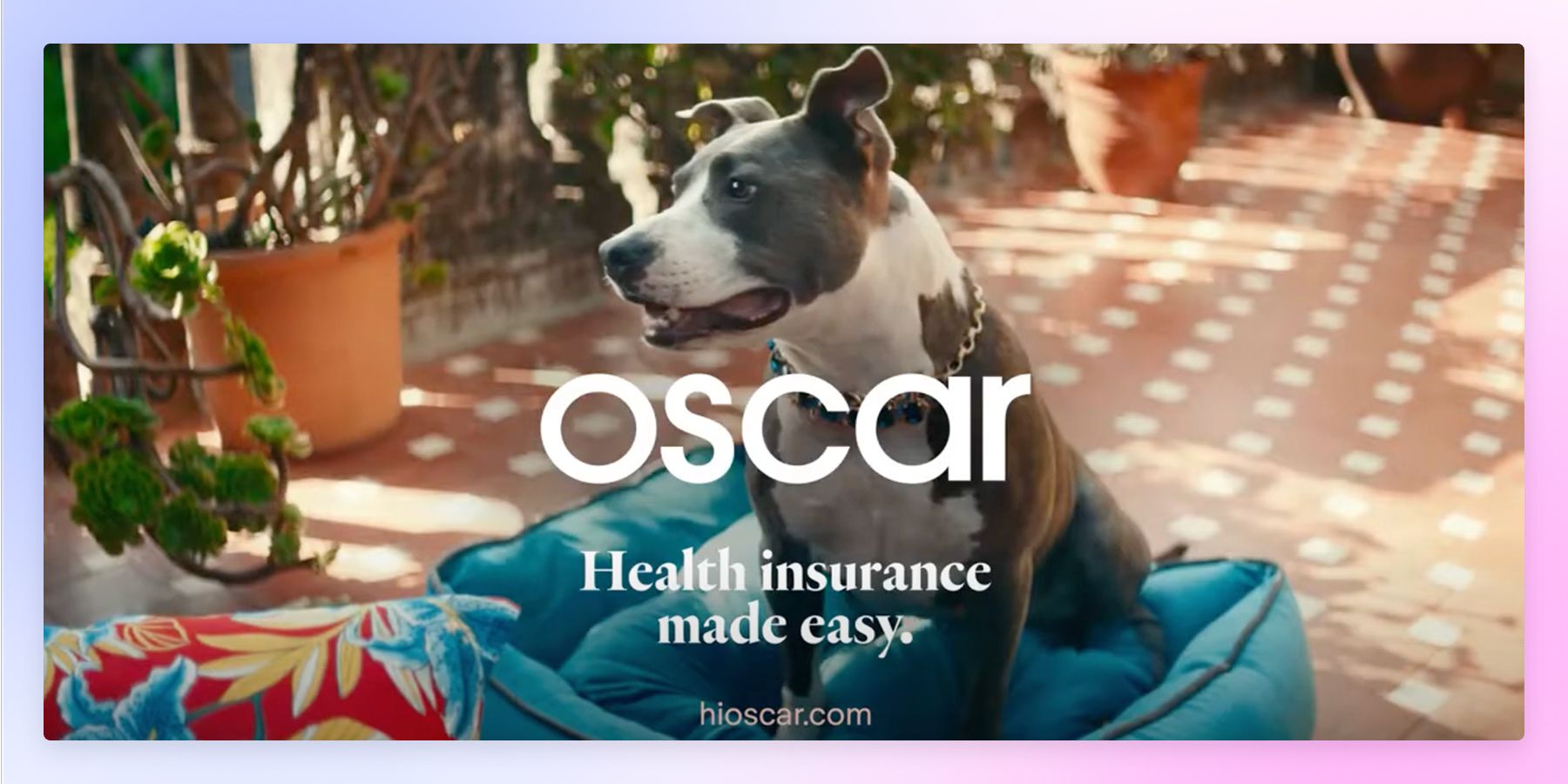
Oscar Health put a new spin on health insurance.
And they proved that managing it can be as easy as using an app.
Their campaign introduced a simple, user-friendly digital experience, making it easy to manage insurance with just a few taps.
No long forms, no confusing terms. Just an easy way to access healthcare.
Instead of sticking to outdated systems, Oscar Health offered a modern, stress-free alternative with a user-friendly interface.
The message was clear: health insurance should work for you, not the other way around.
6. Always – Like a Girl
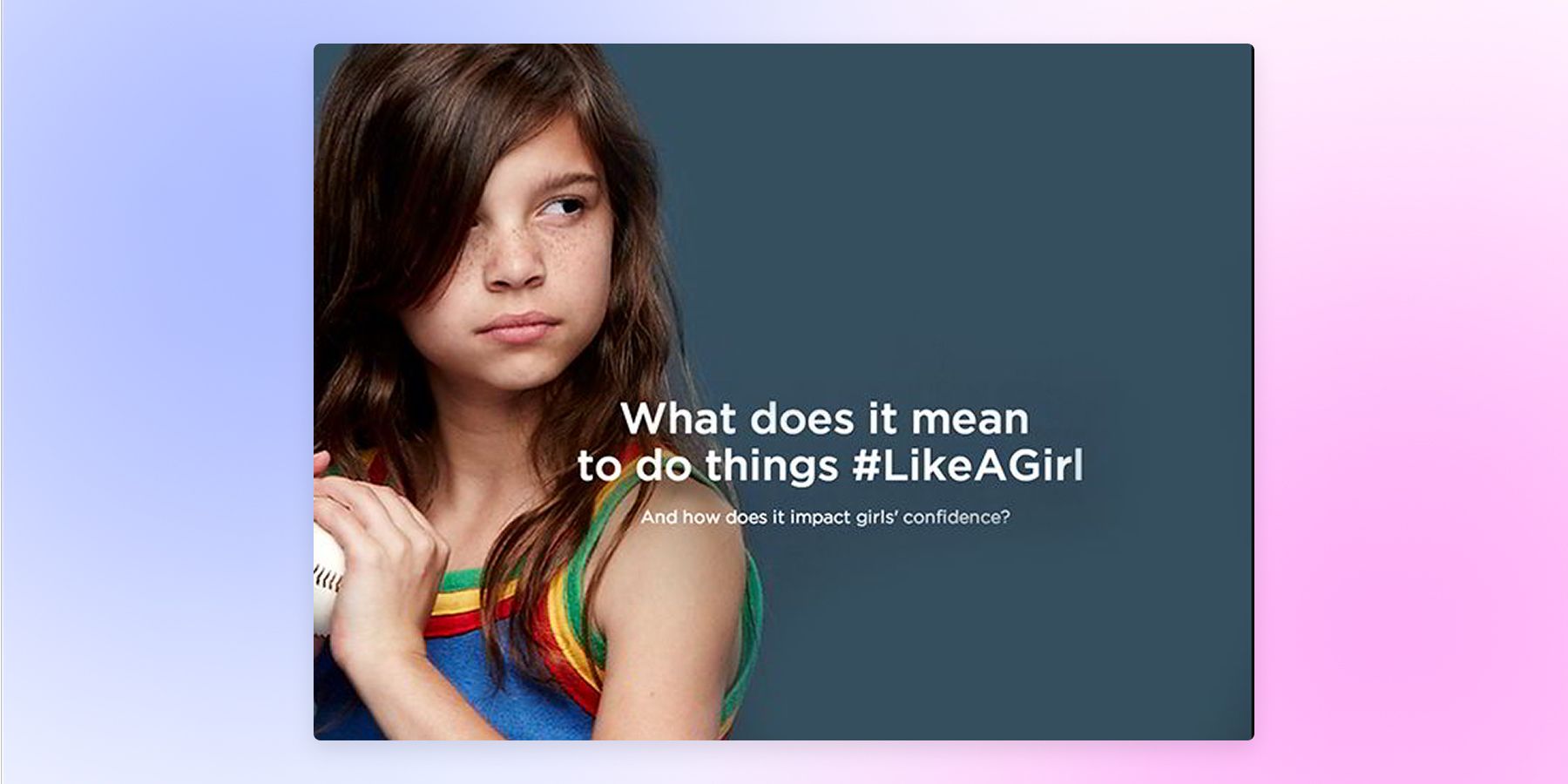
Always (a brand that sells feminine hygiene products) turned a simple demeaning phrase into a powerful movement.
For years, "like a girl" was used as an insult—until Always changed that.
Their campaign posed an important question: Why should running or throwing like a girl mean being weak?
Their campaign broke stereotypes, built confidence, and changed the way people think about phrases or wordings.
And it was important for two reasons:
- it showed the effect of language on self-esteem
- it showed how brands can make a difference and create a real change
7. CVS Health – We Quit
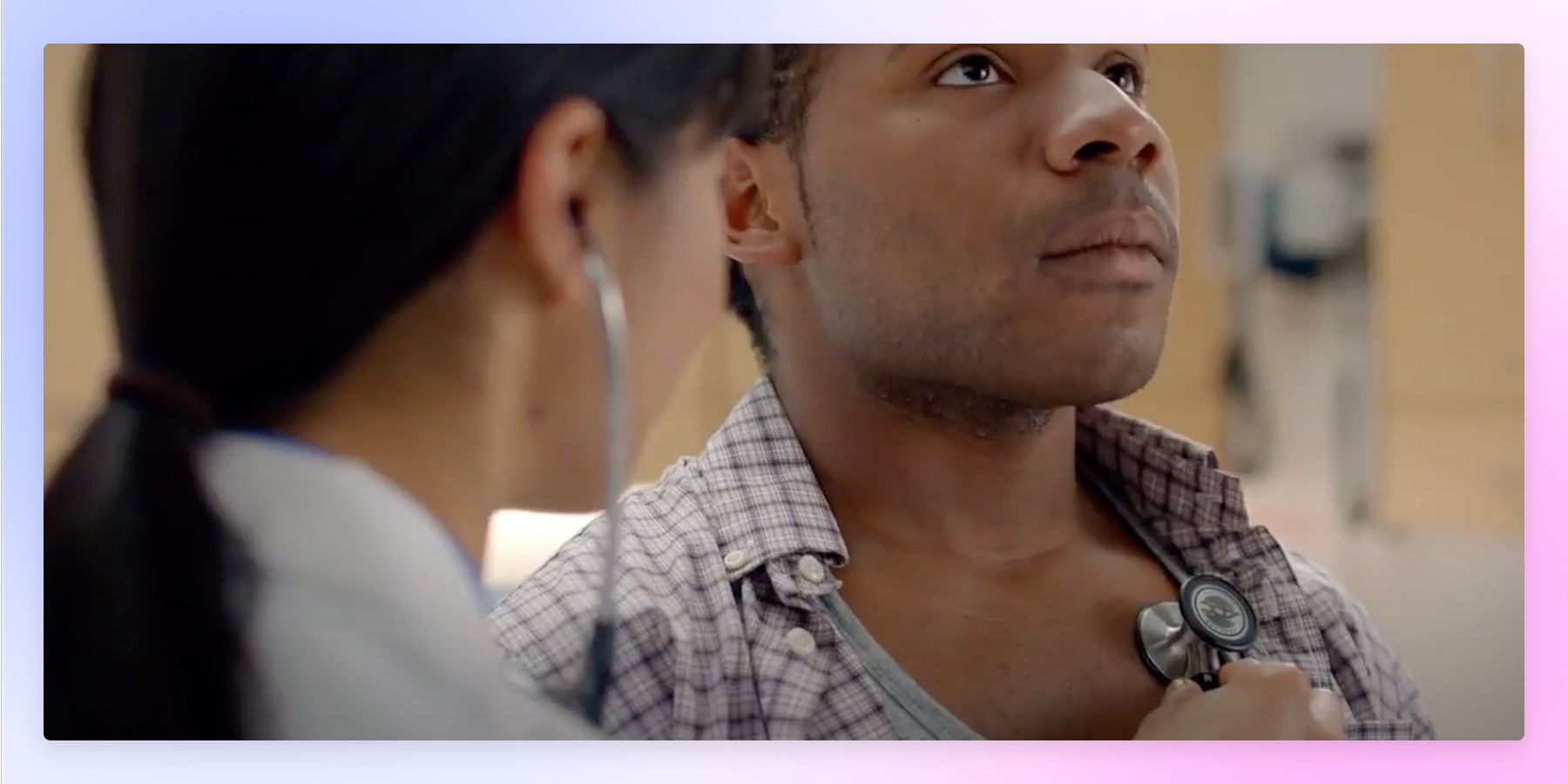
CVS Health made a bold move for their We Quit campaign.
The company removed tobacco products from its stores.
By doing so, they proved that a pharmacy focused on wellness shouldn’t sell harmful products.
This decision wasn’t just about business—it was about staying true to its values.
Customers saw CVS as a brand that was more than another retailer. They saw a brand's commitment to them, showing that actually cared.
The bold move also put pressure on other stores to rethink their policies. And that's how CVS did more than just remove the product.
They set a new standard, showing that real commitment to health means taking action.
8. Blue Cross Blue Shield – Live Fearless

Blue Cross Blue Shield’s "Live Fearless" campaign showed that healthcare isn’t just for when you’re sick.
Quite the opposite—it’s what gives you the freedom to live to the fullest.
When you have the support you need, it's much easier to enjoy life without fear or even take risks. And good health opens the door to new experiences.
The campaign message was simple: healthcare should make people feel confident, not just protected.
BCBS became more than just an insurance company—it became a partner in helping people stay active, healthy, and confident.
9. Cancer Research UK – Right Now
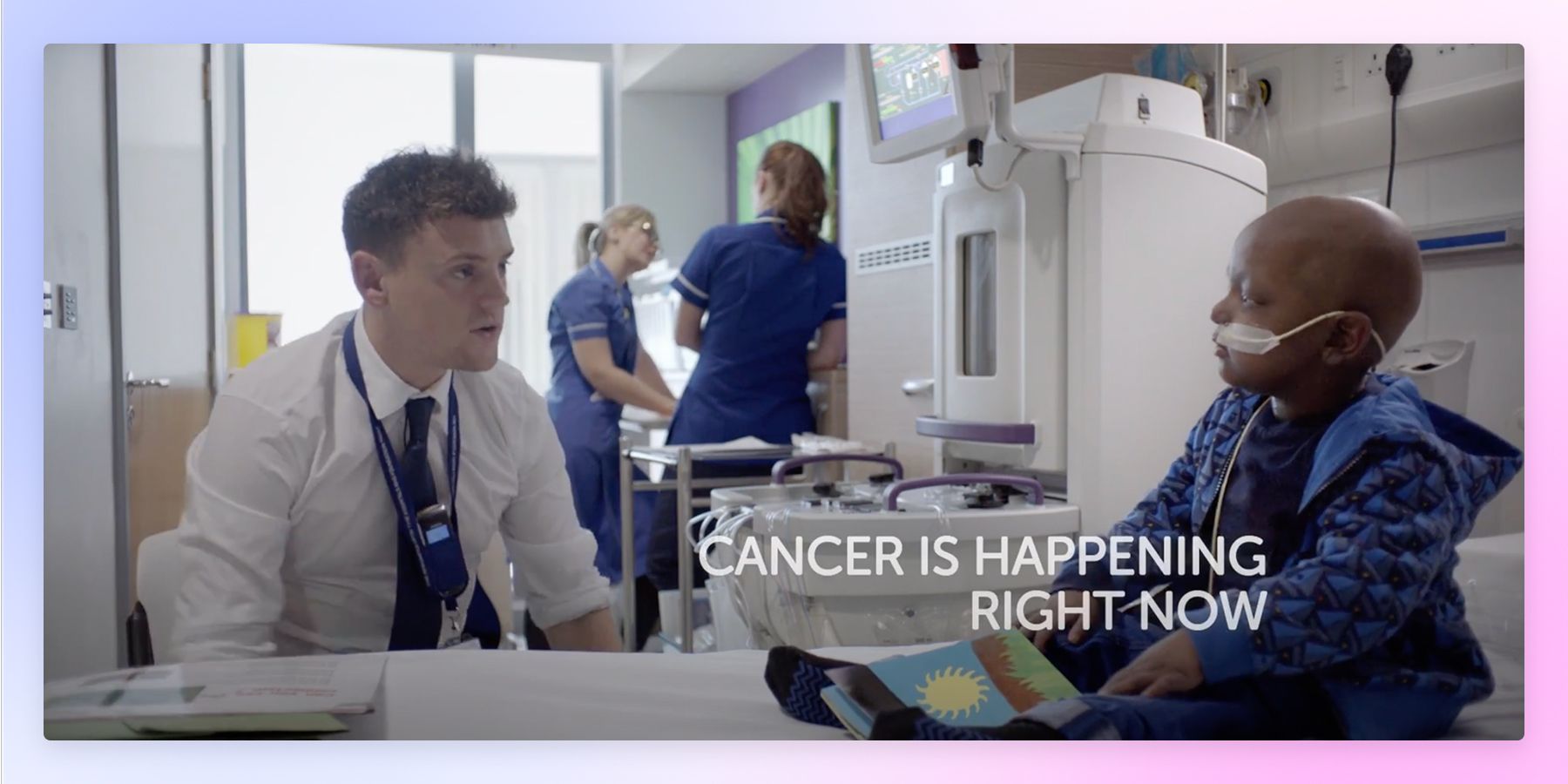
For those battling cancer, the fight isn’t a theoretical event in the future—it’s happening right now.
That's the shift that Cancer Research UK created with their Right Now campaign.
Featuring real patients, real doctors, and real-life scenarios of strength, they shared raw, honest moments of daily fights with cancer.
No staged scenes. No overwhelming statistics.
The ad showed why support matters, and urged people to take action in any way they can. Through donations, screenings, or spreading awareness; It reminded everyone that now is the time to make a difference.
10. Planned Parenthood – The Importance of Breast Health
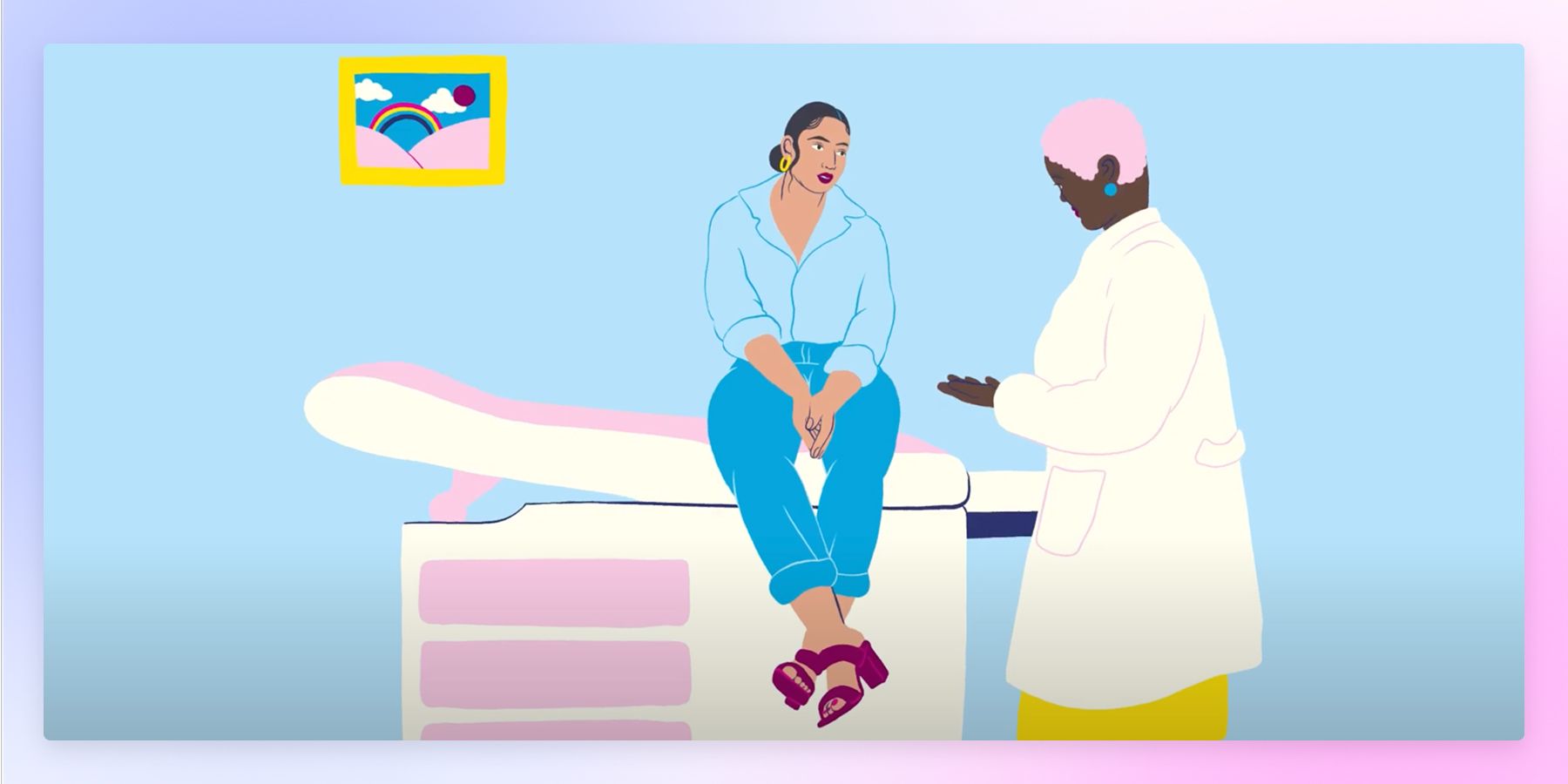
Planned Parenthood's campaign focused on the issues of limited access to medical care in low-income areas.
Their primary goal: breast cancer detection.
They wanted to make sure more women had the opportunity to detect potential risks early.
Rather than focusing on fear, the company focused on 3 simple things instead:
education, empowerment, and accessibility. Things, that many take for granted.
A simple screening could save lives.
By pointing out obstacles like cost, location, and awareness, the campaign showed that healthcare should be a right, not a privilege.
UGC videos starting at $79

12900+ Vetted Creators in USA
Healthcare Advertising Challenges

Making It About People, Not Products
A strong healthcare ad isn’t about medicine or treatments—it’s about the people who need them.
They don't focus on features; if anything, they focus on product benefits, but even more so on positive outcomes.
And they don't use complex lingo most users don't understand.
The best ads tell real stories.
They show how healthcare services and products can change and improve lives.
They make marketing personal, authentic, and relatable. - they make it about the people.
That's when they build trust with them.
That's when the potential customers feel a connection and a sense of trust and credibility in the brand.
Educating and Raising Awareness
Let's face it; unless you work in the field, most healthcare talk seems like gibberish.
Complex terms, lengthy explanations, and technical jargon make the average person feel lost.
But it's not just confusing.
It can feel right down impersonal. Like you're an object being discussed rather than a person being cared for.
The complex language creates a barrier between patients (consumers) and their healthcare providers. If people don’t feel heard or understood, changes are, they'll ignore their doctors and the ads. No matter how important they are.
That’s why great health ads simplify things.
They break down complex topics into clear, relatable language, making it easier for people to understand and take action.
Whether it’s explaining symptoms, new treatments, health supplements, or preventive care, the goal is to empower patients with knowledge.
Clear and accessible health information makes people make better decisions about their well-being.
And in the end, that’s what truly matters—helping people take control of their health with confidence.
UGC videos starting at $79

12900+ Vetted Creators in USA
Winning Healthcare Advertising Strategies in 2025
Healthcare marketing is one of the most challenging in the industry.
We've had a look at why that is. And now you know that standing out takes more than just a simple promotion.
To create ads that make a difference, brands need to think outside of the box.
Let's have a look at how to do that.

Know Your Audience
Understanding your target audience is a 101 marketing for anyone. But when it comes to healthcare, it's just so much more important.
Think about it. You're trying to promote weight loss treatments to cancer patients.
We can safely agree that's completely off-target.
The thing to understand is, not every product is a great fit for your target audience.
Your messages shouldn't scream at irrelevant people (unless that's part of your marketing content strategy).
Your messages should talk to your ideal customers in a way that clicks.
In a way that makes sense for them, that's relevant and effective.
And you can only achieve that by understanding your audience inside out.
The Power of Storytelling
People connect with real experiences, not just facts.
Patient journeys, personal stories, and human-centered care create strong emotional bonds.
Storytelling is a way to connect to your potential consumers. It's a strategy that makes healthcare feel personal and relatable.
Especially videos simplify complex medical topics and make detailed information easier to understand.
Clarity, Simplicity, and Trust
Medical terms are confusing and overwhelming.
Ads with unclear messages and complex lingo turn people away.
If you want your ads to stand out, a (not-so) simple trick is to make complex topics clear and easy to understand.
Consumers and patients should feel informed and heard, not lost and dumb. That's how you build trust, interest, and engagement.

Strong Visuals That Resonate
The right images evoke emotion.
And people connect more with real faces and stories, not generic stock photos.
Use visuals that make them feel - hope, relief, and confidence.
Make them laugh or surprise them with an unpopular fact. But visuals that create emotional responses. Combine them with the right language, and your target audience will remember them.
Clear Call to Action (CTA)
Don’t leave people wondering what to do next.
Tell them exactly what you want them to do: book an appointment, learn more, or sign up for a screening.
Whatever it is, the next step should be easy to follow.
A strong CTA ensures that engagement leads to action.

Digital Marketing: Reaching Patients Where They Are
Patients rely on the internet for health information, making AI in digital marketing a crucial tool.
Social media, websites, and blogs give brands a direct way to connect with their audience.
Social media platforms like Facebook, Instagram, and TikTok help share stories, educate, and engage with people in real time.
Optimize your website for SEO. Make sure that the content makes it easier for patients and consumers to find relevant information.
Consistency Across Platforms
A strong, recognizable brand voice helps health ads stay effective across different digital platforms.
Whether you're advertising on TV, social media, or use print ads, keep the message clear, uniform, and engaging.
Use different channels for maximum reach while maintaining a strong brand identity.
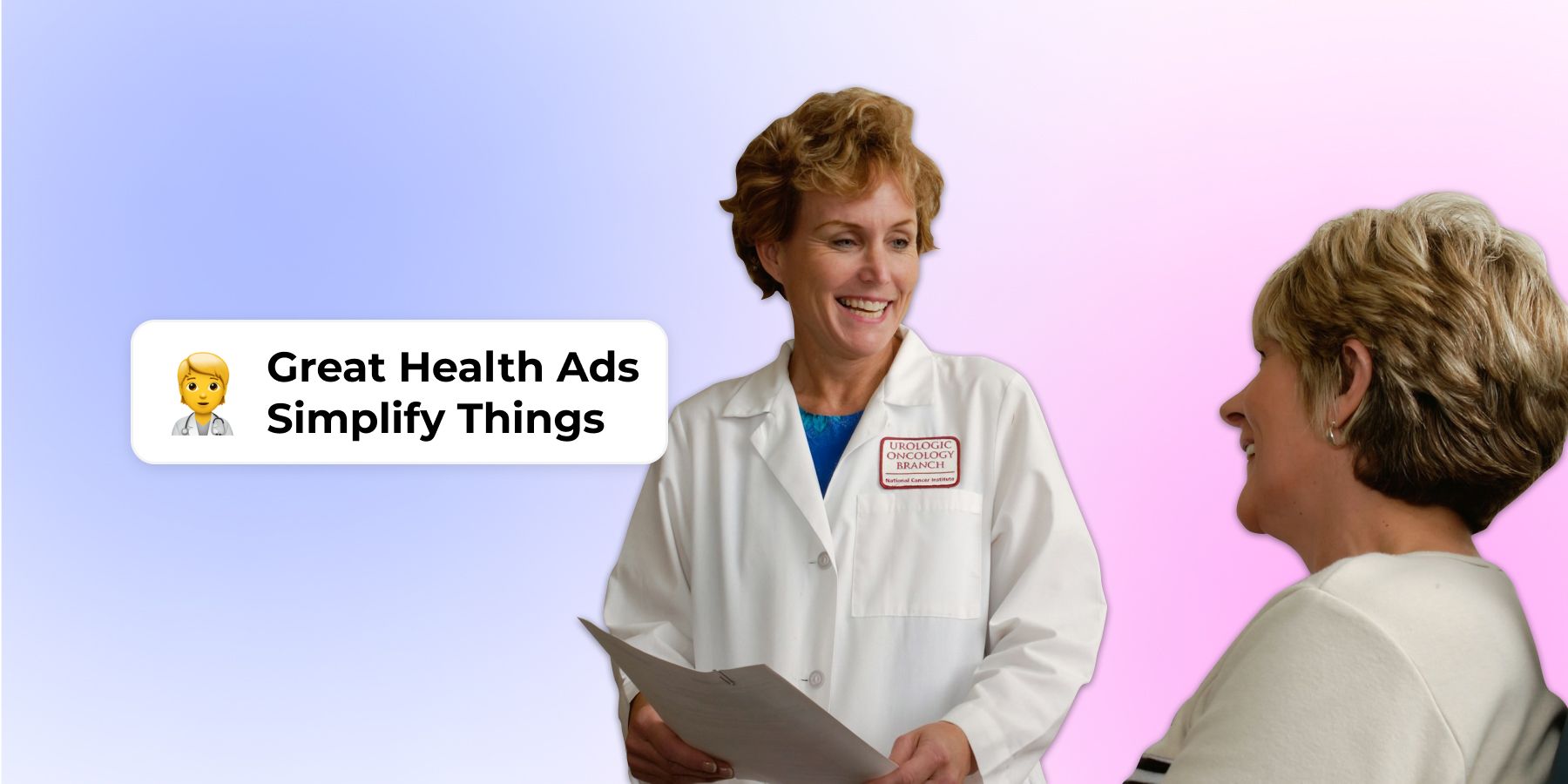
Final Thoughts
Great healthcare ads do more than share information—they connect with people, build trust, and inspire action. Much like the same way as the best UGC ads.
The best campaigns focus on real people, using stories to make healthcare feel personal and easy to relate to.
Medical information should also be simple and clear so that everyone can understand it.
Trust is important.
Ads that feature actual doctors, patients, and true experiences feel more honest and believable.
Digital marketing helps brands reach people where they look for information, like social media and search engines.
TV and online video ads also make a big impact by telling powerful stories and explaining complex topics in a simple way.
Healthcare marketing isn’t easy.
There are strict rules, privacy concerns, and a need to balance accuracy with creativity.
But brands that focus on education, accessibility, and real stories can connect with people and make a real difference.
UGC videos starting at $79

12900+ Vetted Creators in USA
FAQ
What makes a health ad effective?
A strong health ad delivers a clear message, grabs attention with compelling visuals and relevant video hooks, and creates an emotional connection with the audience. A strong call to action (CTA) encourages immediate action.
How can I create a standout health ad?
Use unique design elements, a clear CTA, and messaging that speaks directly to your audience. Incorporating real-life, relatable scenarios makes the ad more engaging and impactful.
What types of media work best for health ads?
By combining digital (websites, social media) and traditional media (posters, billboards), you can reach your target audience further. Using many channels helps connect with different audiences effectively.
What should be avoided in health ads?
Avoid cluttered designs and overly complex messages. Too much text or distracting visuals can take attention away from the core message. Keep it simple, clear, and visually appealing.
Why is emotional appeal crucial in health ads?
Emotionally driven ads create personal connections, making the message more memorable and persuasive. This emotional impact can strongly influence healthcare decisions.
Table of Contents
Key Takeaways
10 Best Health Ads That Made a Difference
Healthcare Advertising Challenges
Winning Healthcare Advertising Strategies in 2025
Final Thoughts
FAQ

Work with UGC creators from  USA
USA

 USA
USA

Samantha
Wilmington

Devin
Santa Rosa Beach

Philip
Frisco

Courtney
Plover
